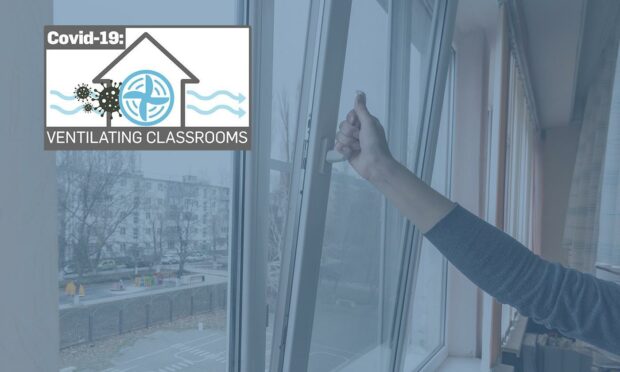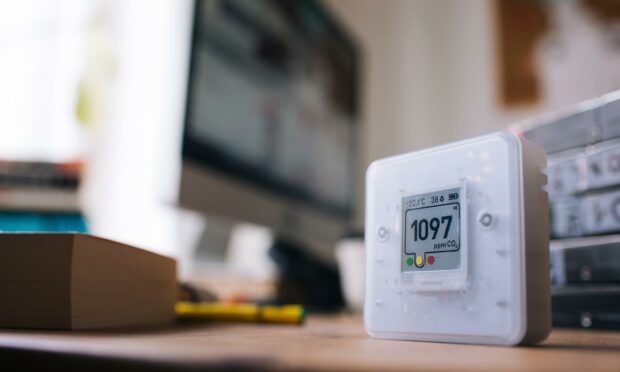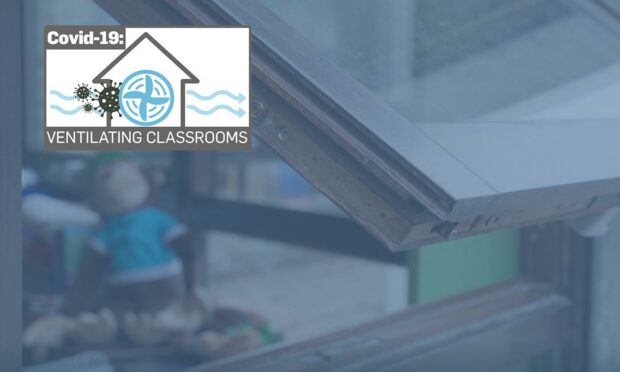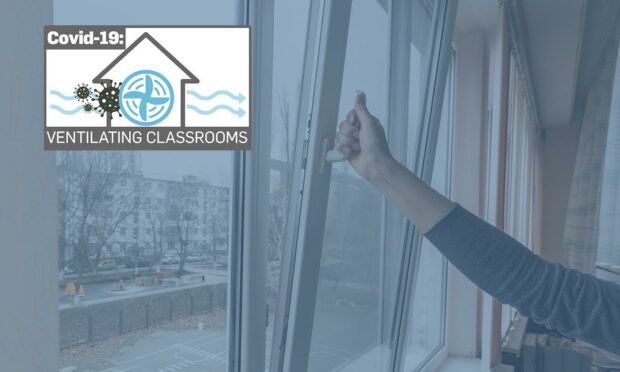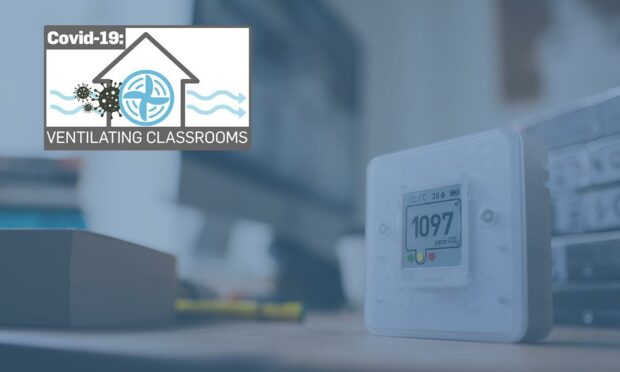To prevent Covid in Scottish schools we would do well to follow Germany’s custom of Lüften, according to a leading expert.
Germans have almost an obsession for fresh air and throw open their windows daily even through winter – a custom known as Lüften.
And it was a practice highlighted by Professor Tim Sharpe, a member government advisory body SAGE and head of architecture at Strathclyde University, as he told us about how ventilation can reduce the risk of Covid-19 infection.
Prof Sharpe said: “We know that there is some risk of aerosol transmission of Covid.
“Over longer periods of time people who are affected are breathing out particles which potentially other people could breathe in, and so making sure there is adequate ventilation is a way of removing and diluting that risk.”
CO2 monitors
Poor ventilation, he said, often needs to be extreme before people notice it, so CO2 monitors which have been distributed in to their thousands to schools will help teachers become familiar with what good ventilation looks and feels like.
“If you have been in a meeting room for an hour or so and you go out and come back in you suddenly realise it’s actually quite stuffy, quite warm. A classroom is a little bit like that.
“To get warm enough or stuffy enough, that’s probably worse than you would want it to be.
People want to be comfortable. Sitting in the freezing cold is not a great thing so it’s trying to manage the two.”
Professor Tim Sharpe
“That’s one of the reasons that CO2 monitors can be helpful because they give an approximation of the amount of ventilation in a space.”
Classroom windows may not need to be open for prolonged periods, he said, to maintain ventilation and keep good CO2 monitor readings.
“Opening windows just a little bit makes quite a bit of difference.”
Alternatively, he suggests Lüften.
“What you might do is just open the windows a lot for a short period. Between classes the teacher could open windows fully just to flush that room through and get it down to its starting point.”
Most monitors, Prof Sharpe said, also read the temperature.
He said: “People want to be comfortable. Sitting in the freezing cold is not a great thing so it’s trying to manage the two.”
What is good ventilation?
The Health and Safety Executive says CO2 readings of 800 ppm (parts per million in the air) are likely to indicate good ventilation but an average of 1500 ppm shows action should be taken.
Natural ventilation can be improved by fully or partly opening windows, air vents and doors, it says, and cooler, windier weather increases the flow so these needn’t be opened so wide in these conditions.
It also recommends frequent purging by opening all the windows and doors when rooms are empty.
The science behind Lüften
According to the US-based John Hopkins Bloomberg School of Public Health and Center for Health Security there is now “considerable evidence” that the primary means of Covid transmission is through the air, with increased risk indoors.
They recommend in a report they published on school ventilation in May that ventilation becomes a key tool for mitigating risk of Covid in schools.
